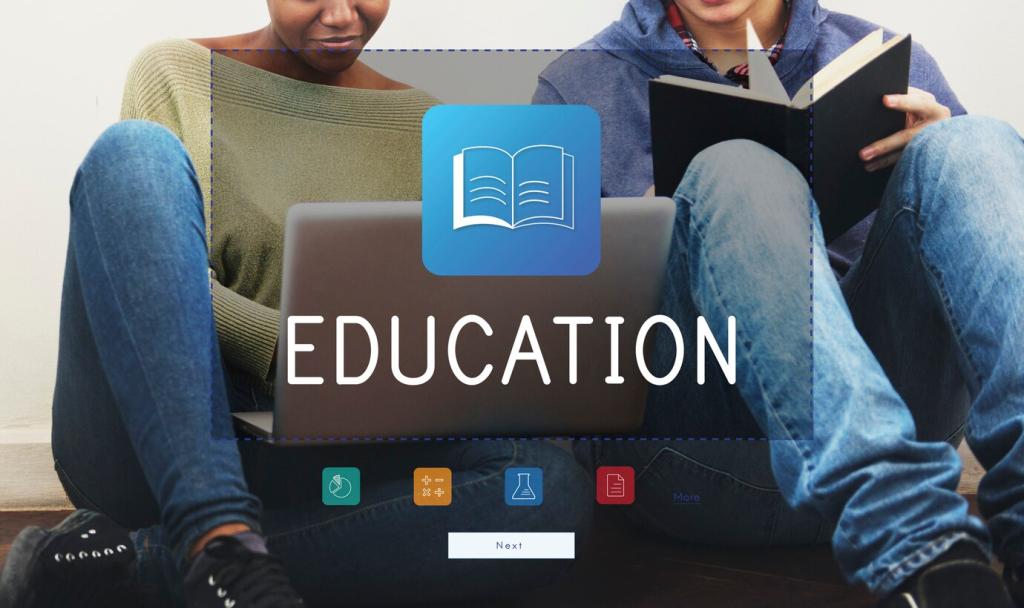Future Horizons
Beyond answers, the best assistants narrate reasoning, highlight trade-offs, and suggest next steps. How should we evaluate AI tutors responsibly? Share metrics you trust and scenarios where humans must remain decisively in the loop.
Future Horizons
VR and AR can simulate data centers, network topologies, or incident rooms with visceral realism. Accessibility and cost remain hurdles. Would you try an immersive lab if available at your library? Tell us what scenario you would prioritize.




